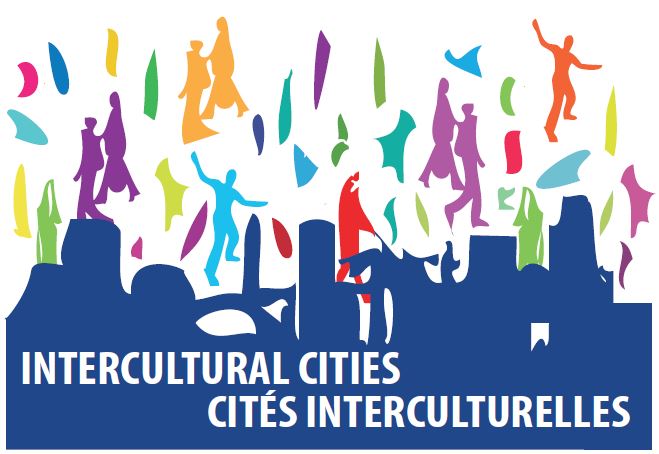Purpose:
The Neighbourhoods Plan (Pla de Barris) is a municipal initiative that implements social, economic, and urban actions to reduce inequalities between the city's neighbourhoods. It is an integral and intensive public policy aimed at combating the causes and addressing the effects of urban segregation in the city by improving public facilities and living conditions in the most vulnerable neighbourhoods.
The 2021-2024 Neighbourhood Plan has a budget of 150 million euros.
Stimulus/Rationale:
The Barcelona Intercultural Plan 2021-2030 establishes that the Neighbourhoods Plan should incorporate the intercultural perspective to encourage the creation of spaces and opportunities for positive interaction and the generation of ties and relationships on equal terms within neighbourhoods and between neighbourhoods.
The Neighbourhoods Plan includes the promotion of projects and work spaces that guarantee the cross-cutting nature of the intercultural perspective in their lines of work. Thus, the “territorialisation” of the intercultural perspective through the involvement and connections between different districts and neighbourhoods shows how embedded interculturalism is in the city.
The Directorate of Community Action Services, Neighbourhood Plan and the city's districts work together to create links and good neighbourhood relations. In addition, a professional from the Intercultural team works on the Neighbourhoods Plan, supporting the mainstreaming of the approach. More recently, Districts were included in the Interdepartmental Interculturality Committee and some Districts have established their own intercultural action plans.
Process:
The 2021-2024 edition of the Neighbourhoods Plan is proposed at two different levels of intensity, depending on the degree of vulnerability, for a total of 15 Neighbourhoods Plans and 23 neighbourhoods, which will reach a population of 377,000 people:
- Ten Neighbourhoods Plans with a comprehensive and intensive roll-out. The plans are completely new. Action is extended to seven new neighbourhoods and intensive intervention is maintained in eight of the sixteen neighbourhoods of the previous edition.
- Five Neighbourhoods Plans with a deployment of structural and maintenance policies. Educational, rehabilitation and occupation programmes are maintained, which require a longer application over time in order to reverse certain trends.
Some projects implemented:
- Raval: Mainstreaming projects in interculturality and for the recognition of cultural diversity and diversity of origin. There’s a specific work with young people from diverse family backgrounds so that, based on the knowledge of their different cultural contexts, new youth referents can emerge that help to develop and influence the communicative, cultural, commercial and community ecosystem of the neighbourhood, showing its intercultural richness and highlighting the value of the neighbourhood in its diversity. Other lines of work are the promotion of knowledge and visibility of the diverse intercultural memories existing in the Raval, as well as programmes of accompaniment, welcome and tailor-made training with the associations and communities to promote the knowledge of languages and basic competences.
- Sants-Montjüic: The construction of the city's first Comprehensive Care Centre (CAI). This type of facility is a municipal commitment, promoted by the Neighbourhood Plan, to an innovative model that brings together citizen services from a community perspective. It will bring together in a single space the Social Services Centre, the Women's Information and Care Point (PIAM) and various spaces for the participation and activity of the neighbourhood's organisations and citizens. https://www.pladebarris.barcelona/es/noticia/empieza-la-construccion-del-primer-centro-de-atencion-integral-de-barcelona_1090205
Impact:
The success of the Neighbourhood Plan and the transformation policies it proposes lies in the complicity and involvement of the residents in implementing the actions in the neighbourhoods.
The Neighbourhoods Plan 2017-2020 has carried out more than 600 actions to reduce inequalities. Of these actions, 68% have an impact on the field of education and social rights, such as improvements in educational centres, the incorporation of new professional profiles to the teaching staff or more educational and leisure offerings.
Key reference documents:



